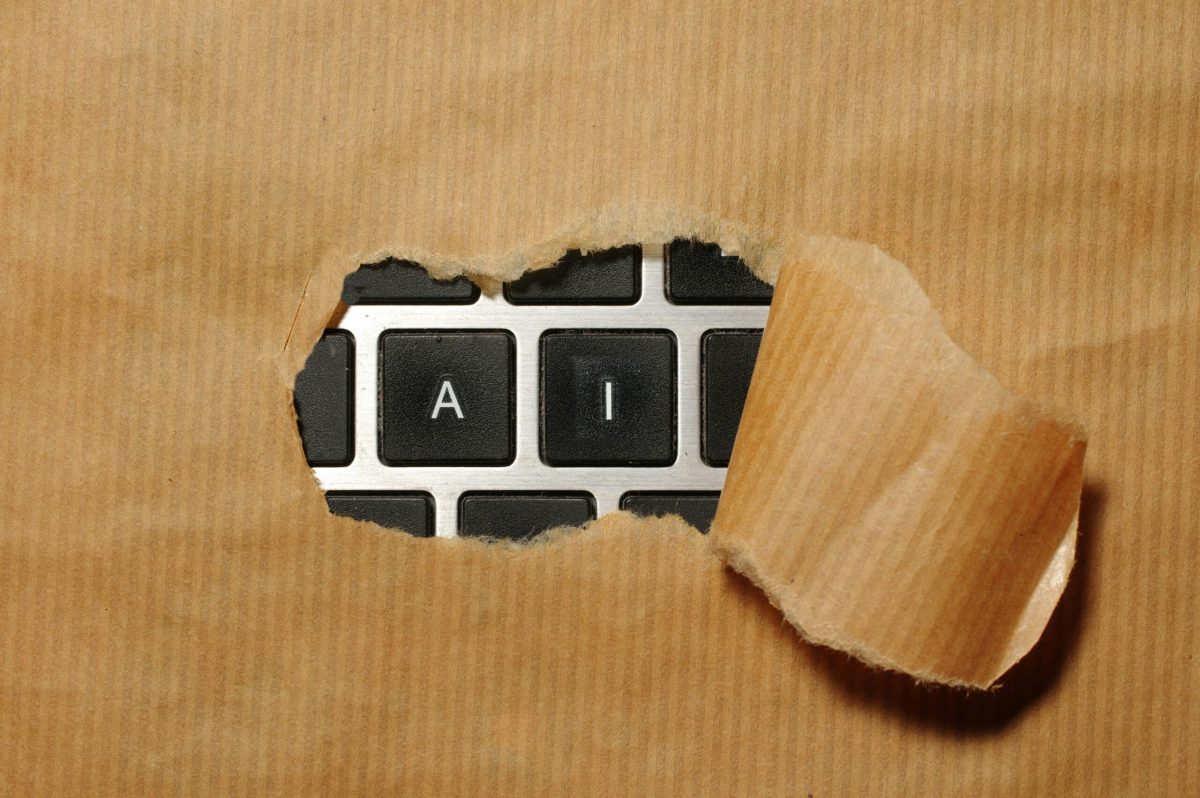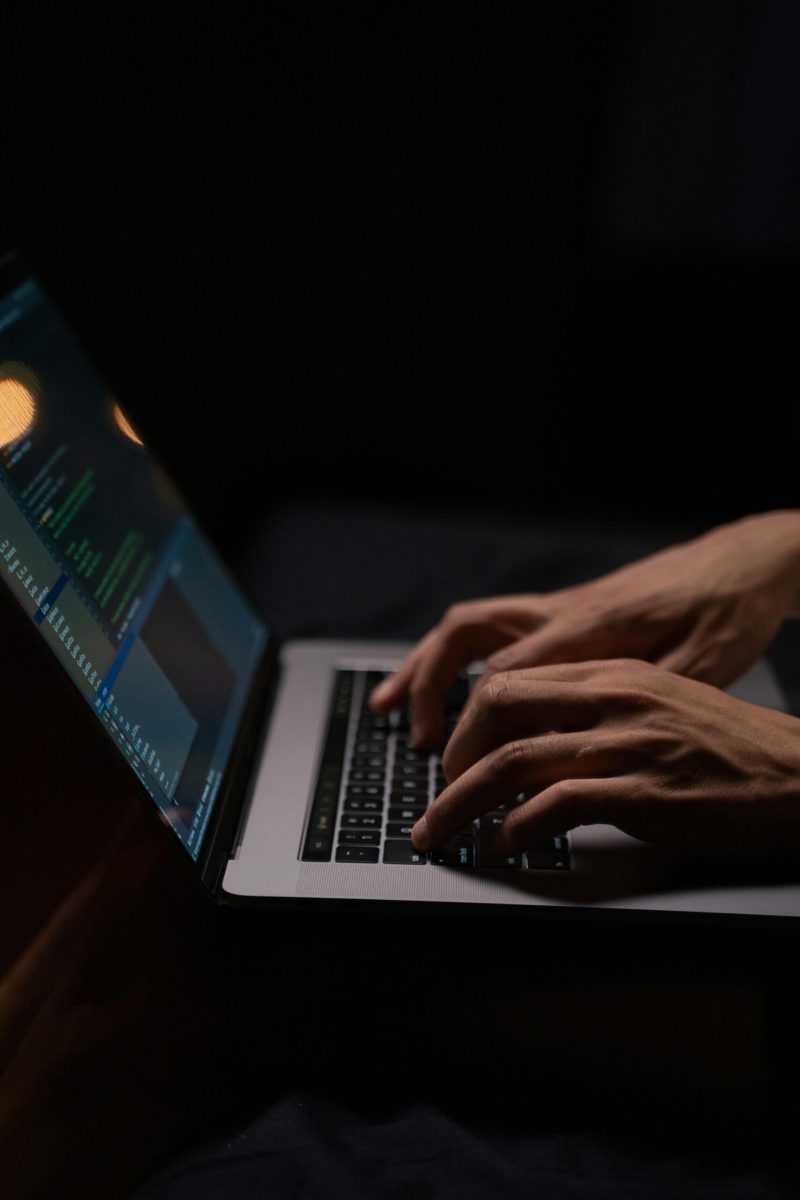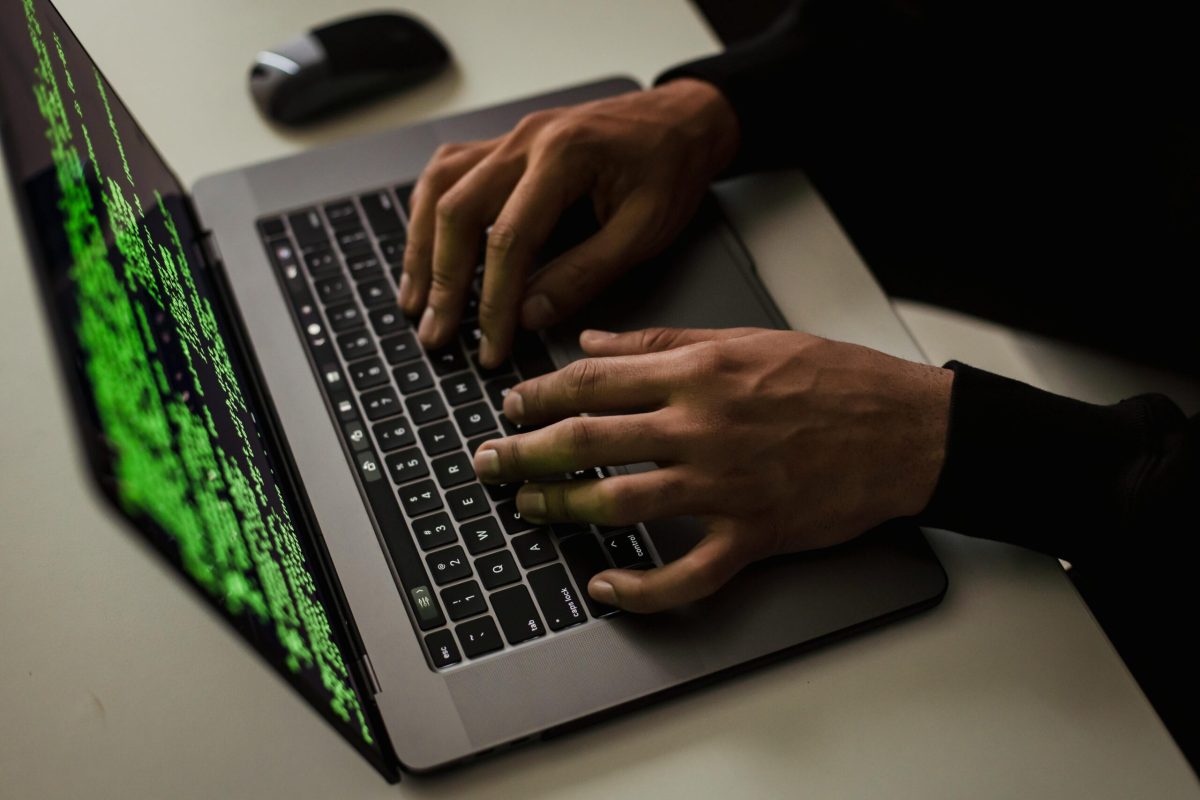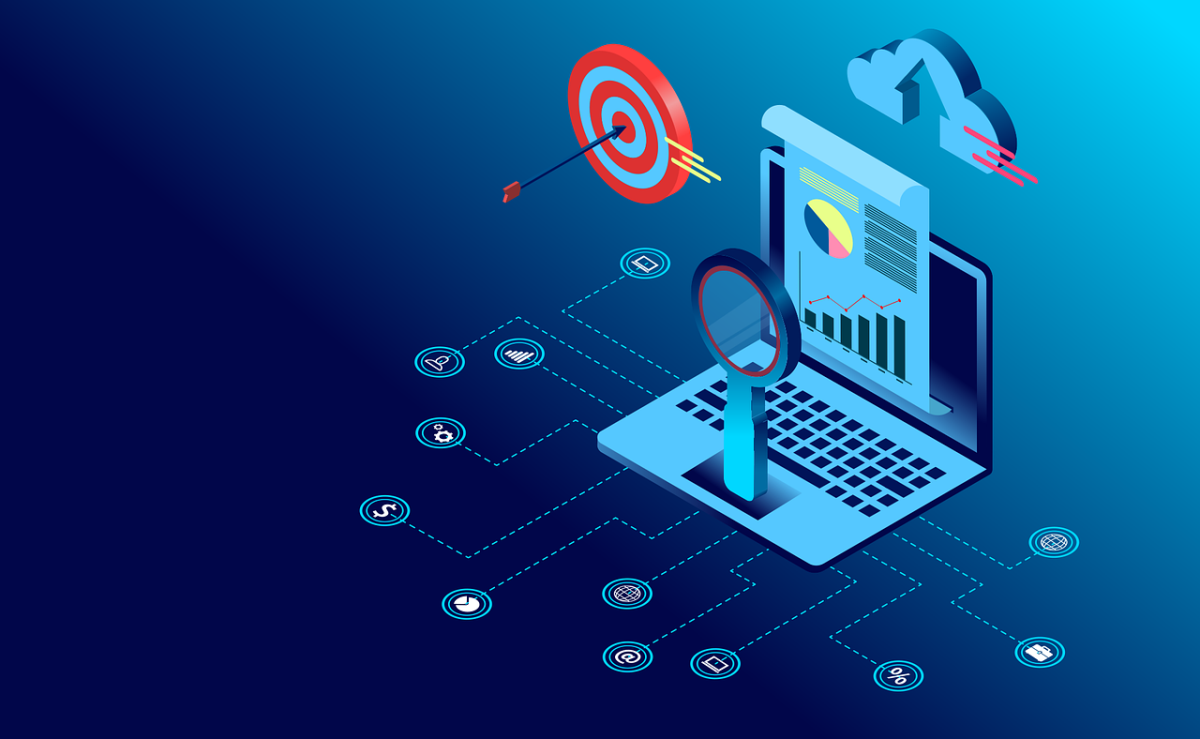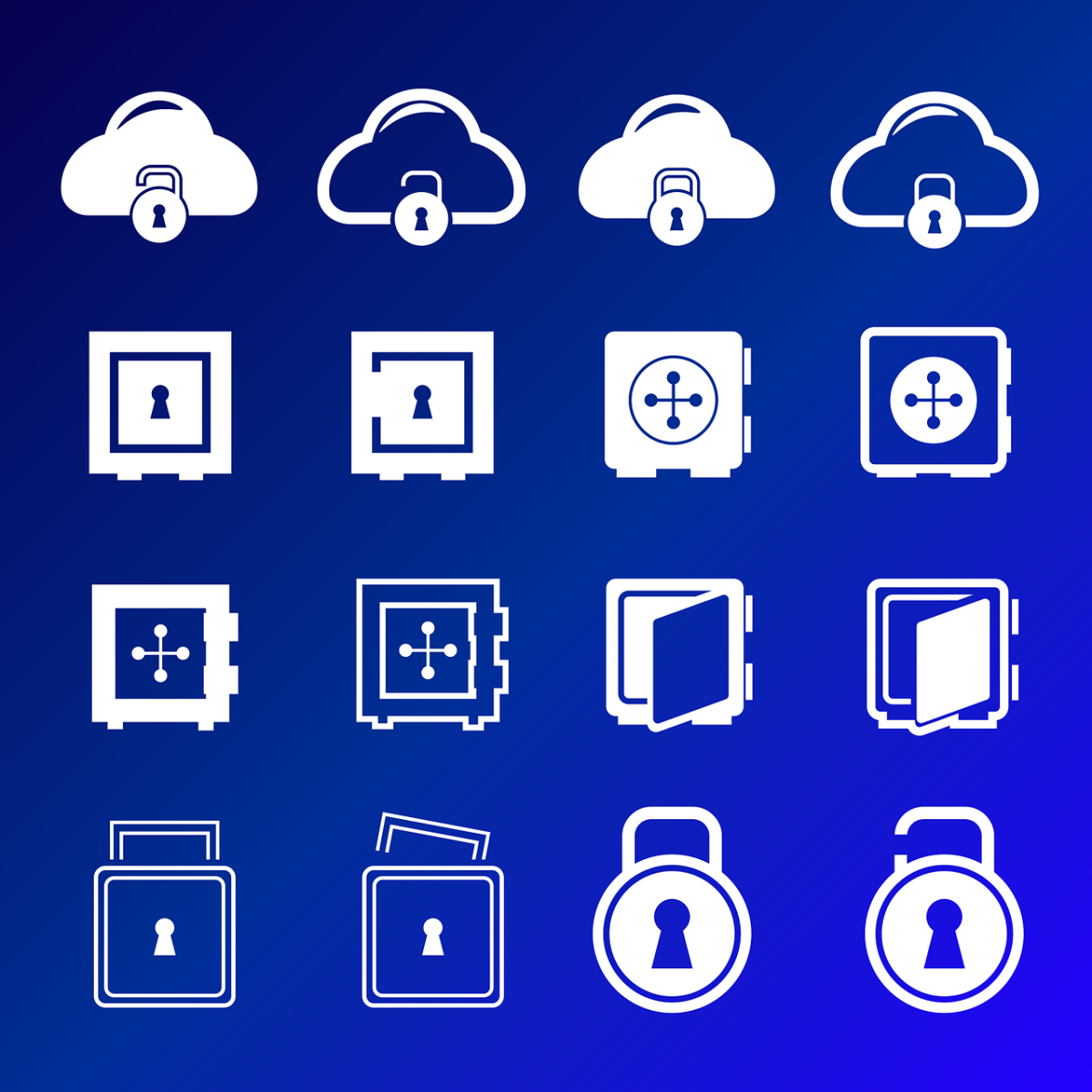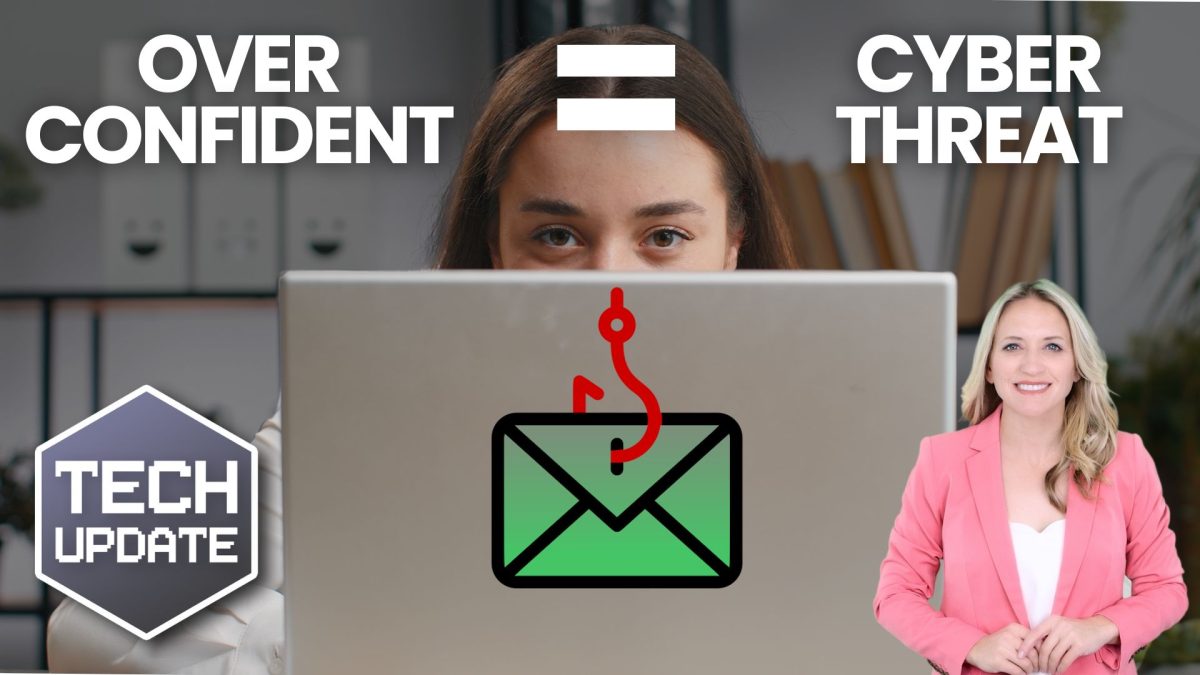AI for Efficiency: How to Automate Daily Tasks and Free Up Your Time (Without a Huge Budget)
Running a small business means wearing a lot of hats. These hats run from managing operations, handling customer inquiries to keeping everything running smoothly. There’s a solution that can lighten the load, AI-powered automation. Thanks to technological advancements, these tools have become more accessible and cost-effective than ever, allowing small business owners to automate tasks…
Read MoreCan My Data Be Removed from the Dark Web?
Personal data protection is more important than ever in this digital world. The dark web is a secret part of the internet that is very dangerous because it is often used for illegal things like selling personal information. Because the dark web is decentralized and private, it is very hard to get rid of data…
Read MoreSearching in Windows 11 is about to get easier… for some
Searching for files in Windows isn’t always a smooth experience. Sometimes it’s slow and often it’ll show you web results rather than the file you need. But Microsoft is making things much simpler… for some people. Here’s how you can benefit from this.
Read More7 Unexpected Ways Hackers Can Access Your Accounts
The digital age has made our lives easier than ever, but it has also made it easier for hackers to take advantage of our online weaknesses. Hackers are getting smarter and using more creative ways to get into people’s personal and business accounts. It’s easy to think of weak passwords and phishing emails as the…
Read MoreBeware these free tools – they may be hiding ransomware
Need to change a file from one format to another? Easy, just Google a file converter, right? Stop! That may not be as safe as it seems. Find out why here…
Read MoreHow Do Websites Use My Data? (Best Practices for Data Sharing)
Websites store and use user data in many ways, usually to personalize content, show ads, and make the user experience better. This can include everything from basic data like the type of browser and IP address to more private data like names and credit card numbers. It’s important for people to know how this information…
Read MoreThis tiny tweak to Teams will make meetings smoother
Sick of saying “next slide please” in your Teams meetings? Microsoft has a small but powerful new feature that will put an end to that. Find out more here…
Read MoreUltimate Guide to Safe Cloud Storage
Since we live in a digital world, cloud storage is an important tool for both personal and business use. So long as they have an internet connection, users can store and get to their info from anywhere at any time. But while cloud storage is convenient, there is a chance that your data could be…
Read MoreComplete Guide to Strong Passwords and Authentication
Cyber risks are smarter than ever in today’s digital world. People and companies can lose money, have their data stolen, or have their identities stolen if they use weak passwords or old authentication methods. A strong password is the first thing that will protect you from hackers, but it’s not the only thing that will…
Read MoreOverconfident employees: Your hidden cyber security threat?
Your team are smart, right? They’d never fall for a scam email or click a suspicious link. At least, that’s what they think. Here’s why overconfidence could spell disaster for your business’s security.
Read More
